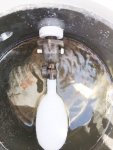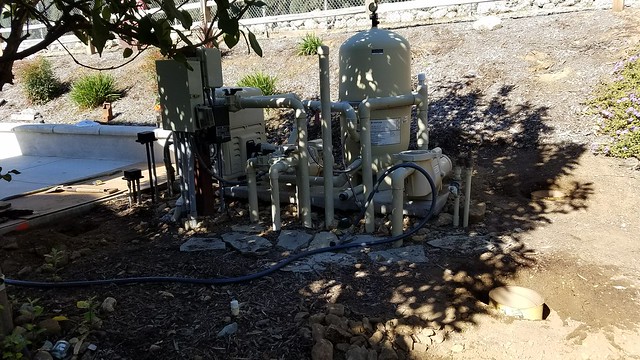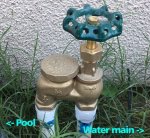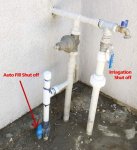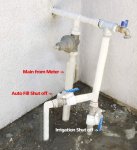- Nov 12, 2017
- 11,907
- Pool Size
- 12300
- Surface
- Plaster
- Chlorine
- Salt Water Generator
- SWG Type
- Pentair Intellichlor IC-40
Digest some of this when you’re ready to. There’s nothing immediate here...
Did you ever test your fill water? What is the CH and TA of your fill water? If either is high, then replacing evaporation with fill water will drive them up. And CH doesn’t evaporate, so it will eventually require a water exchange to control. No sense giving CH rise a head start by adding chemicals if your fill water and plaster will do that anyway. First things first though. When you get a chance, run salt, CH and TA tests on your fill water. Create a new pool in PM and name it “Fill Water” and track your results. Fill water can change over time, so recording tests results in PM is a good way to observe that, for future reference.
When you post results, can you include CSI? Be sure to input your pool’s water temp into PM each time you report results, as water temp affects CSI. Salt, too, to some degree.
We know from before that your targets were influenced by some other Pool Math setting. When you compare your results to targets in the PM calculators, or seek dosing advice, be sure your targets are within the recommended ranges for a non-SWG pool. Midway, as you’re proposing, is logical, but is not necessarily the best strategy long term. Well come back to that before you adjust anything other than FC and pH. Those two are the focus for now.
Did you ever test your fill water? What is the CH and TA of your fill water? If either is high, then replacing evaporation with fill water will drive them up. And CH doesn’t evaporate, so it will eventually require a water exchange to control. No sense giving CH rise a head start by adding chemicals if your fill water and plaster will do that anyway. First things first though. When you get a chance, run salt, CH and TA tests on your fill water. Create a new pool in PM and name it “Fill Water” and track your results. Fill water can change over time, so recording tests results in PM is a good way to observe that, for future reference.
When you post results, can you include CSI? Be sure to input your pool’s water temp into PM each time you report results, as water temp affects CSI. Salt, too, to some degree.
We know from before that your targets were influenced by some other Pool Math setting. When you compare your results to targets in the PM calculators, or seek dosing advice, be sure your targets are within the recommended ranges for a non-SWG pool. Midway, as you’re proposing, is logical, but is not necessarily the best strategy long term. Well come back to that before you adjust anything other than FC and pH. Those two are the focus for now.


